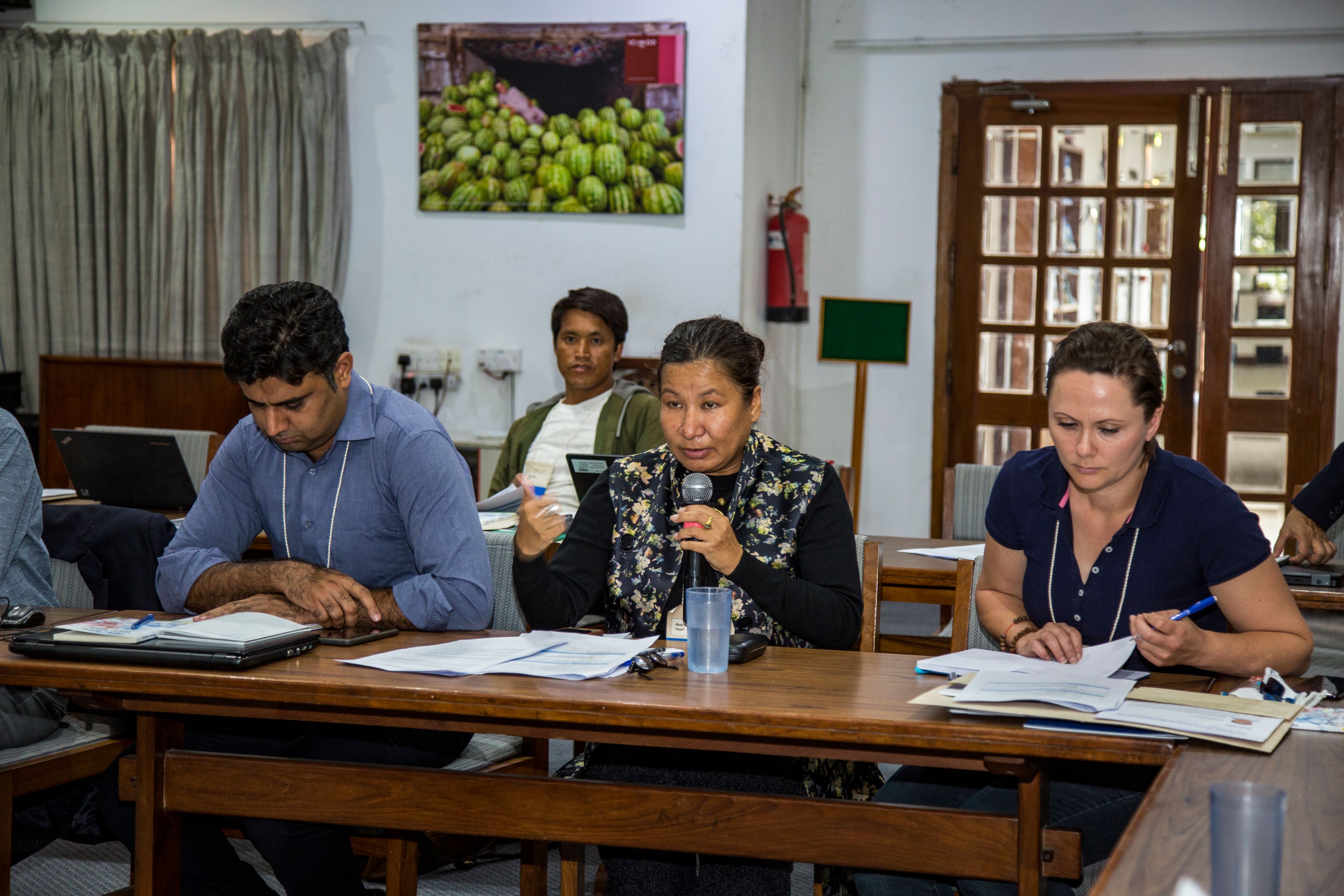Springs are the main source of water for millions of people and ecosystems in the HKH landscapes that span eight countries – Afghanistan, Bangladesh, Bhutan, China, India, Myanmar, Nepal, and Pakistan. Springs play an important role in the daily lives of thousands of rural and urban communities in the hills and mountains of the HKH. They are also important for ecosystem services, such as base flow in rivers, supporting biodiversity, and providing cultural and spiritual services. However, in many places, once-reliable springs are drying up or their discharge is reducing, presenting rural communities, women in particular, with new challenges. There is also growing concern about the quality of spring water due to contamination from different sources – geogenic and anthropogenic. I
n the Himalayan region, natural springs and their sustainable development are not given due importance at both policy and practice levels, even though they play a critical role in water security. Present gaps in data and understanding need to be filled to develop innovative solutions for the sustainable management of these traditional sources of groundwater. There is also a need to raise awareness among academia and relevant policy and decision makers, and to develop skills and share knowledge on this critical topic with field practitioners and community members. There are gaps in data concerning the level of dependence of local populations on springs and the roles these play in nurturing cultural services and building resilience.
The drying of springs can have direct consequences on the larger ecosystem. Soils can lose moisture and nutrients, soil nutrients can reduce and biodiversity will suffer as a result. If a wetland that supports a unique bird species dries up, the entire wetland ecosystem is impacted. Therefore, any ecosystem research and development programme should consider hydrogeological elements and combine biodiversity and lithodiversity perspectives as they are intertwined.
ICIMOD, in its role as a regional leaning centre, is working with a diverse range of partners from its regional member countries (RMCs) to generate and share knowledge through a common platform for enhancing collective understanding of spring revival and springshed management. A six-step protocol on springshed management has been developed through various interdisciplinary partnerships and participatory field experiences. The protocol has been sharpened through a detailed methodology of springshed management developed under a collaboration between ICIMOD and the Advanced Center for Water Resources Development and Management (ACWADAM) over the past few years. Capacity building in relation to the protocol holds great potential for implementing a common methodology for springshed development and management in the HKH region.
The training is funded by the Swiss Agency for Development and Cooperation (SDC) through its Indian Himalayas Climate Adaptation Programme (IHCAP) under the Global Programme Climate Change and Environment (GPCCE).
Objectives
- To provide an interdisciplinary approach to understanding spring systems in the HKH region, which in turn can translate into knowledge and skills on springshed management for the socio-ecological resilience of local communities
- To build skills regarding springshed management activities on the basis of sound concepts, analyses, and field experience regarding a systematic methodology based on the subject of hydrogeology along with disciplines such as climate, environment, and water governance
- To understand and analyze experiences and impacts of springshed management under different conditions across HKH region





